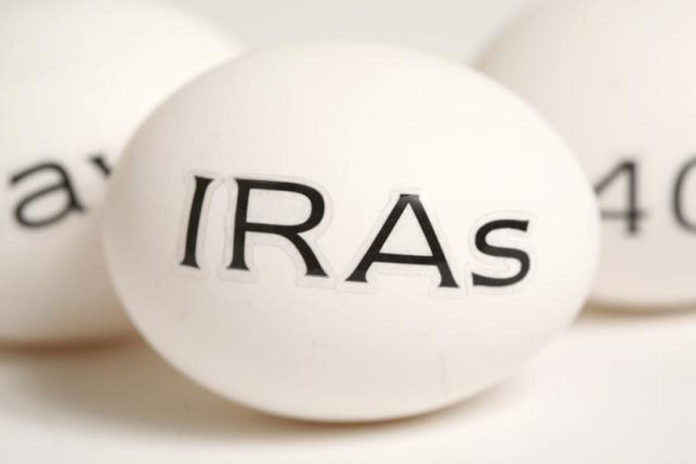Individual retirement accounts (IRAs) play a key role in helping Americans save for retirement. In 2019, IRAs represented one-third of total U.S. retirement assets, providing an important income source for retirees.1
But, just as you formed a strategy and adhered to rules for investing in your IRA, you must also understand when and how to take your required minimum distributions (RMDs). The answers to these questions may help your distribution strategy meet legal requirements and your personal needs, too.
When do I need to start taking IRA distributions?
If you own a Traditional, SEP, SAR-SEP, or SIMPLE IRA account — you may begin taking penalty tax-free distributions from your account at age 59 and a half. But you must begin taking RMDs from your IRA account for the year in which you attain age 70 and a half (if you were born before July 1, 1949) or age 72 (if you were born after June 30, 1949) (“RMD Age”). However, you are permitted to delay the first distribution until April 1 of the year after you reach RMD Age. This is called your Required Beginning Date (RBD). After the year in which you RMD Age, RMDs must be taken by December 31 of each year.
Note that if you own several IRAs, the RMD must be calculated separately for each IRA but the total of all RMDs generally may be withdrawn from any one (or more) IRA account(s) (other than Roth IRAs and inherited IRAs). Roth IRA accounts do not require distributions until the death of the owner.
However, failing to take RMDs as required can be expensive. If you receive less than your RMD amount for the calendar year, you are generally required to fill out IRS Form 5329 and are generally subject to a 50% excise penalty tax on the amount that should have been distributed but was not.
NOTE: The Coronavirus Aid, Relief, and Economic Security Act (CARES Act) includes a provision, waiving RMDs for IRAs and defined contribution qualified retirement plans for 2020 (including RMDs for 2019 that must be taken on or before April 1, 2020, by individuals who reached RMD age in 2019, but only to the extent such RMD was not distributed before January 1, 2020). This means that, even if you reached RMD in 2020 or earlier, you are not required to take a RMD in 2020.
Calculating RMDs
RMDs are calculated using your life expectancy. Of course, no one knows for certain what that is, but the IRS provides two methods for lifetime RMD calculation purposes: the uniform lifetime table and the joint life expectancy table. These tables can be found at the IRS website (www.irs.gov) along with worksheets and instructions on how to perform the calculation. In general, you’ll use the uniform lifetime table to calculate your RMD, unless you qualify to use the joint life expectancy table and choose to use it. If your spouse is your sole primary beneficiary and is more than 10 years younger than you, you can choose to use the joint life expectancy table.
May I make changes once I start receiving RMDs?
Even after you’ve begun taking RMDs, you can make a variety of changes to your account and distributions. You can always increase the amount of your distribution beyond the RMD, but keep in mind that excess amounts cannot be applied toward the RMDs of future years. Your beneficiary information may be updated at any time. In general, you must notify the IRA custodian or trustee in writing and you may be required to submit certain forms. You may even change from the uniform table RMD calculation method to the joint life expectancy method if you name your spouse as the sole primary beneficiary for the entire calendar year and your spouse is more than 10 years younger than you. Your marital status is generally determined as of January 1 of each distribution year.
Getting your RMDs right once you reach RMD age is an important part of your retirement income plan. A Financial Advisor who is familiar with your unique circumstances can help you structure a comprehensive plan to help you stay on track to meet your retirement goals.
Lisa Shelton is a financial adviser, family wealth adviser with The Lowery Shelton Group, Morgan Stanley Wealth Management. She can be reached at lisa.shelton@morganstanley.com. Brooke Lowery is a financial adviser, financial planning specialist with The Lowery Shelton Group, Morgan Stanley Wealth Management. She can be reached at brooke.lowery@morganstanley.com.
This article has been prepared for informational purposes only. The information and data in the article has been obtained from sources outside of Morgan Stanley. Morgan Stanley makes no representations or guarantees as to the accuracy or completeness of the information or data from sources outside of Morgan Stanley. It does not provide individually tailored investment advice and has been prepared without regard to the individual financial circumstances and objectives of persons who receive it. The strategies and/or investments discussed in this article may not be appropriate for all investors.




